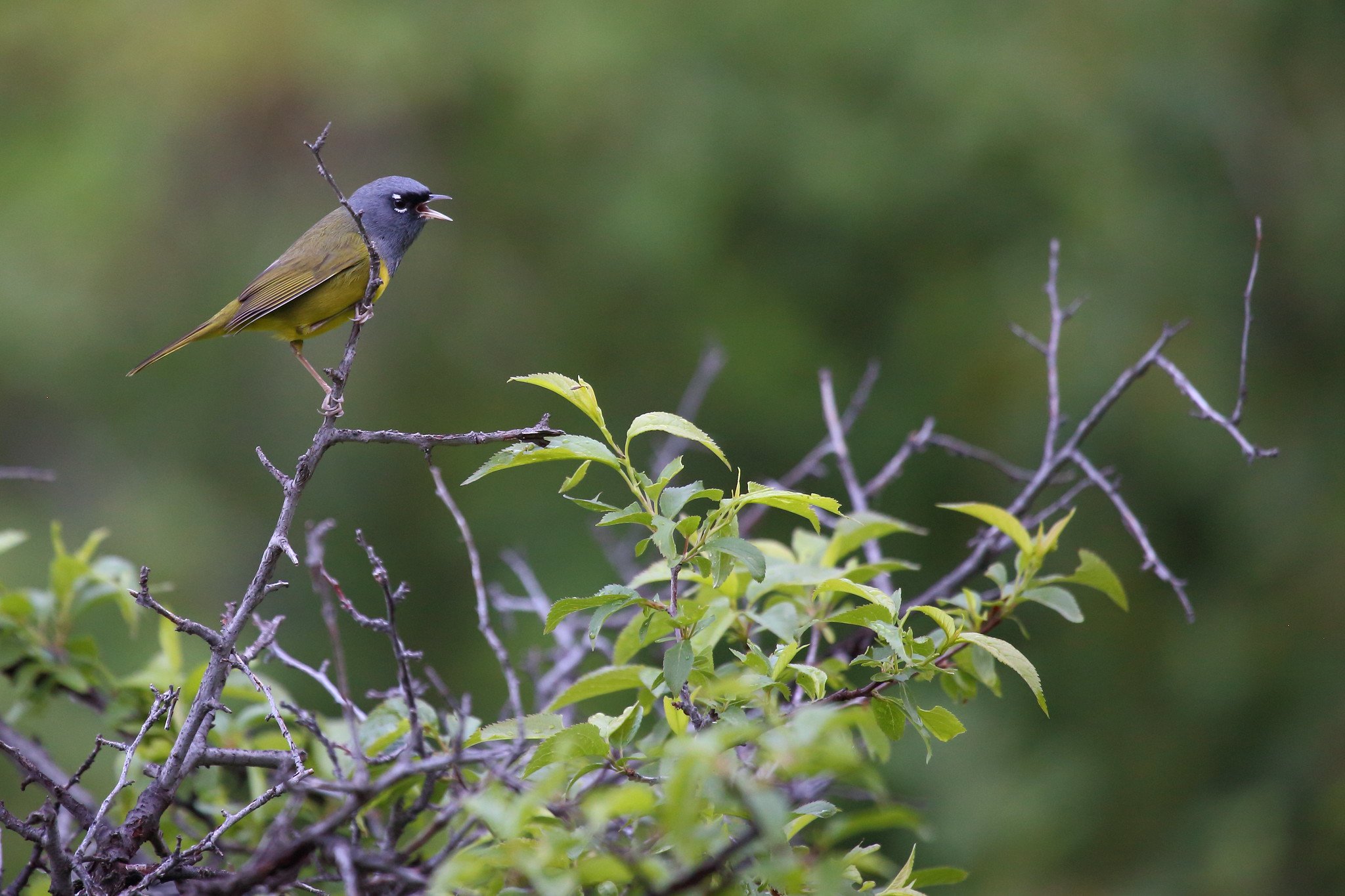
Southern Ecuador
A 2-week Journey Through Remote Ecuador
Southern Ecuador is truly one of the most incredible birding destinations in the world.
This tour will take us from coastal mangroves to dry deciduous woodland, humid lowland rainforest, Tumbesian dry forest, foothills rainforest, elfin forest, cloud forest and high elevation paramo.
Dates: January 8 - 22, 2025
Tour Location: Ecuador (see itinerary for specific details)
Duration: 14 Days
Cost: $4750 per person
Your Guide: Peter Burke
Highlights:
Birding the magical Manglares Churute
Exporing the Buenaventura Reserve
Visiting Jorupe Reserve, loaded with endemic birds
Two days birding in Podocarpus National Park, the jewel of Ecuador
Searching for the Orange-throated Tanager, found only in remote Peru and extreme southeast Ecuador
Rocky Mountain Birding presents a wonderful, two-week journey through remote southern Ecuador, truly one of the most incredible birding destinations in the world. This tour will take us through a wide variety of ecosystems and we may encounter 600 or more species of birds in addition to many mammals, reptiles and other wildlife.
This itinerary has been designed to maximize our birding time while covering quite a bit of ground, so there are a few days that will require longer drives of 3-4 hours. Our lodging will be locally owned and operated, usually smaller hotels that are clean but basic. Similarly, where possible, we will eat at local restaurants. In this way, we ensure that the people of Ecuador directly benefit from our visit! We will, of course, visit many of the well-known lodges, several owned and operated by the Jocotoco Foundation, a leader in conservation of critical habitat throughout Ecuador.
The tour will be limited to eight birders.
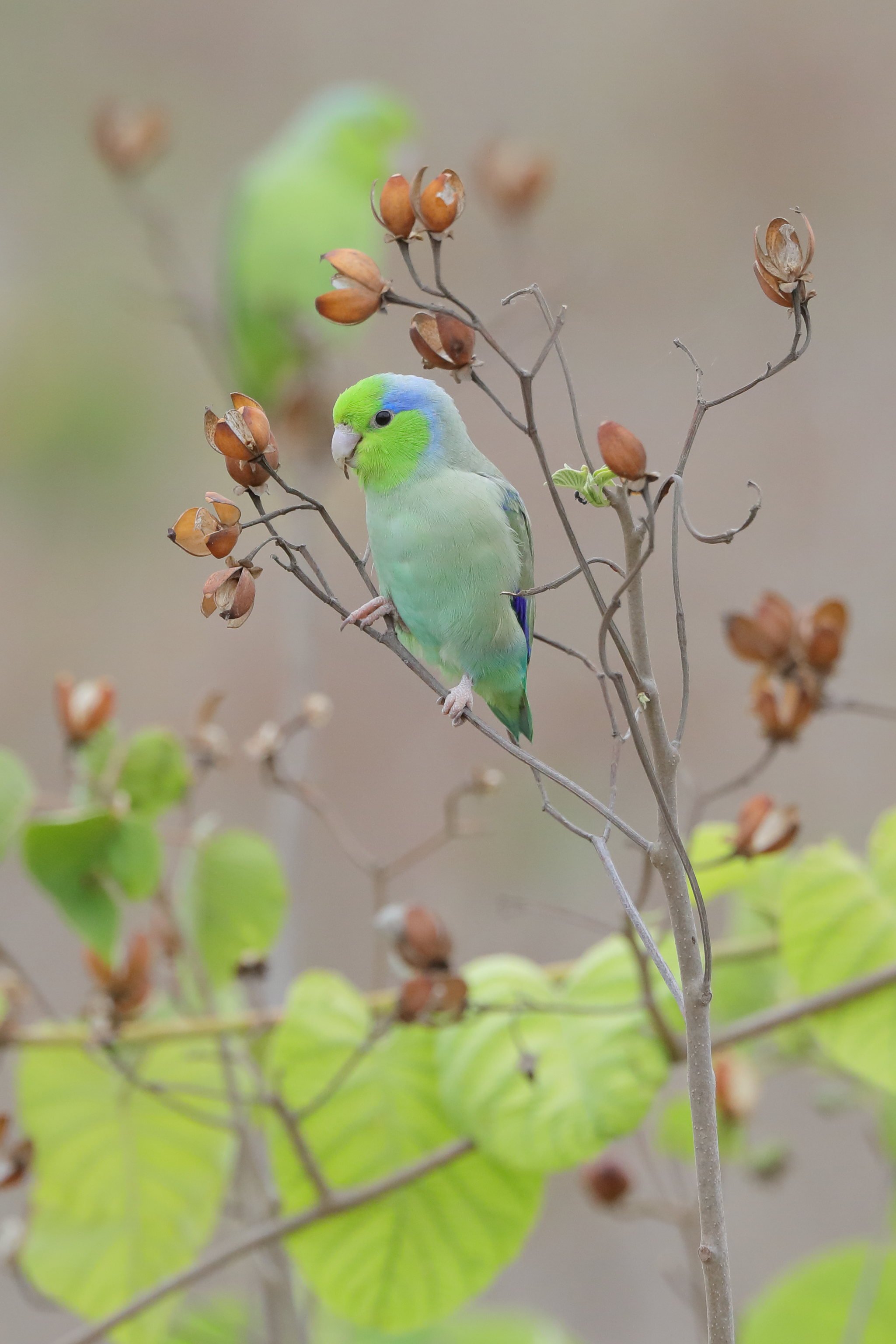
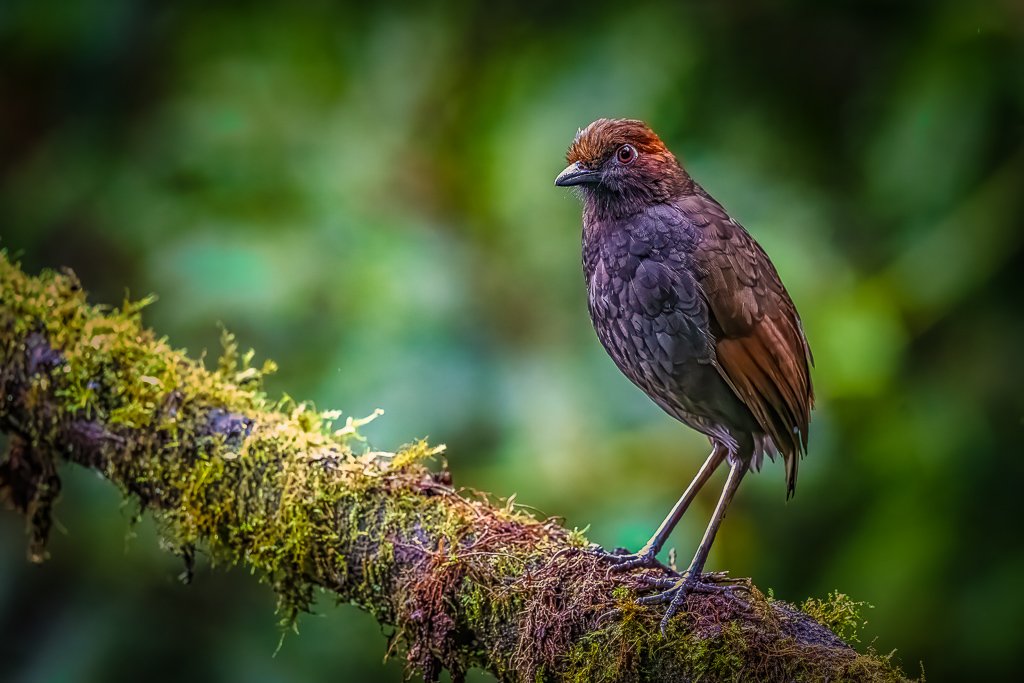
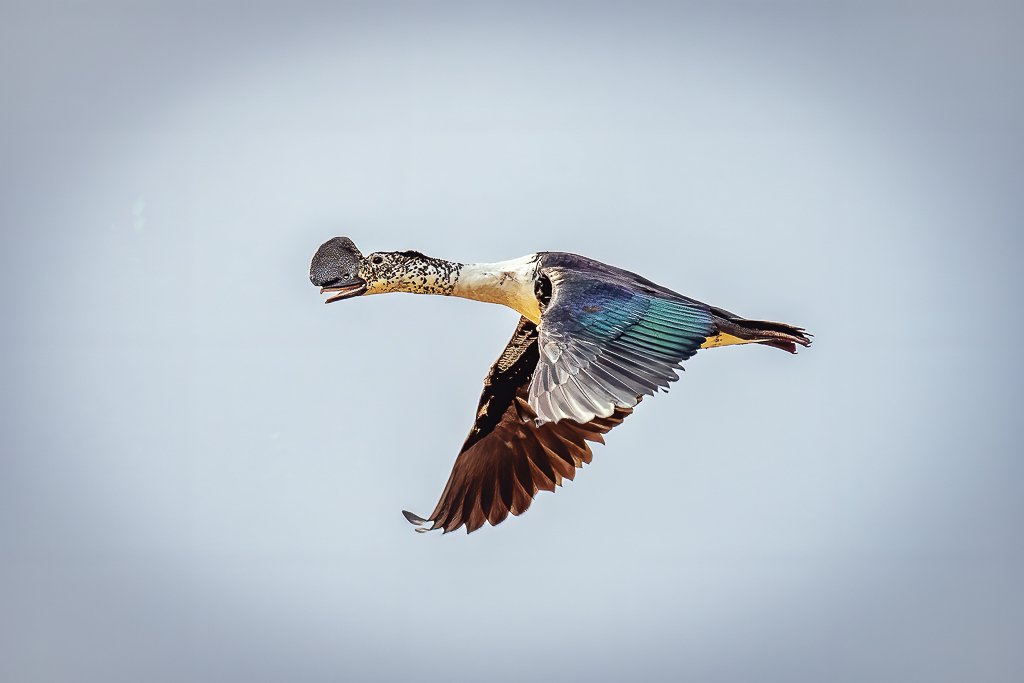
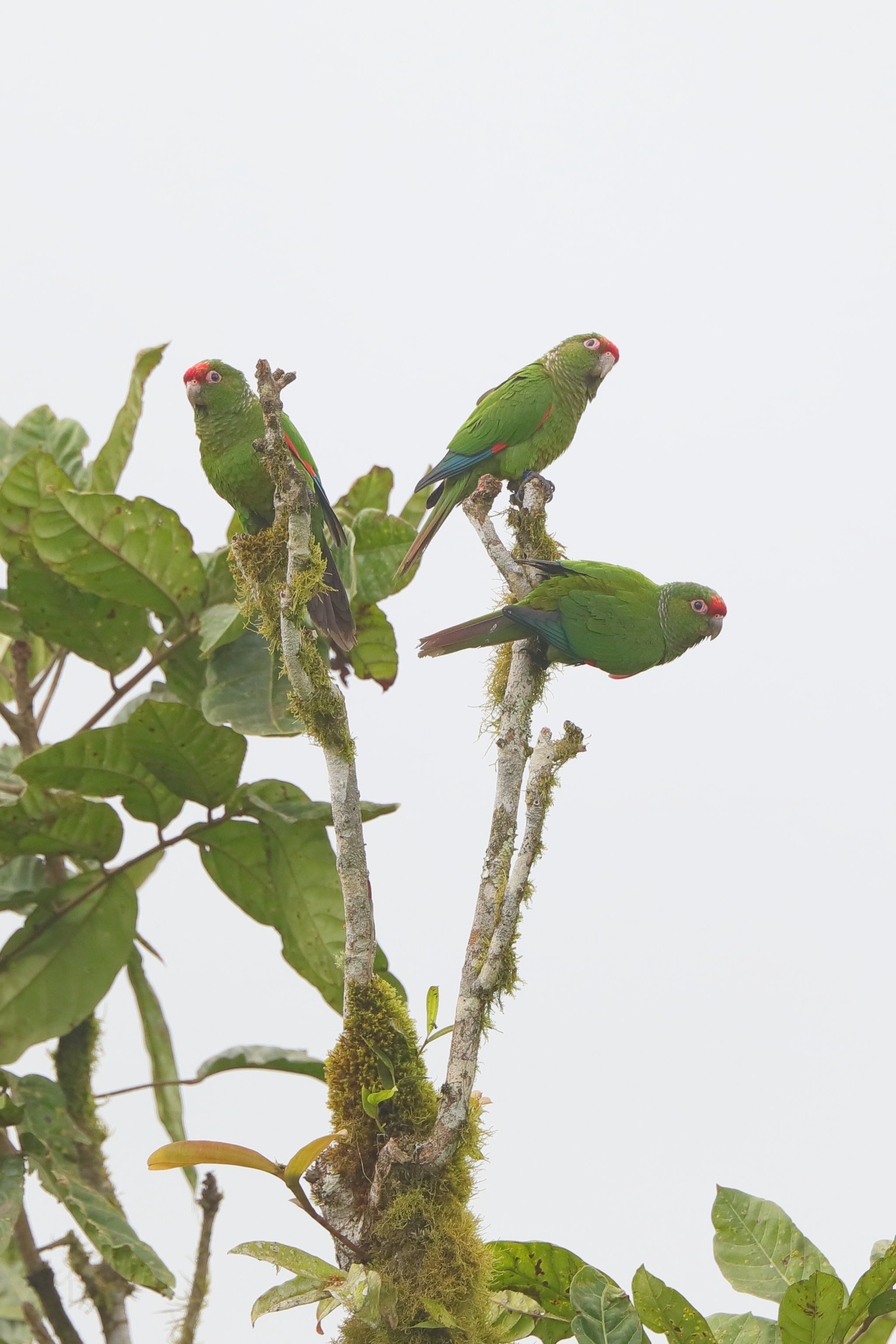
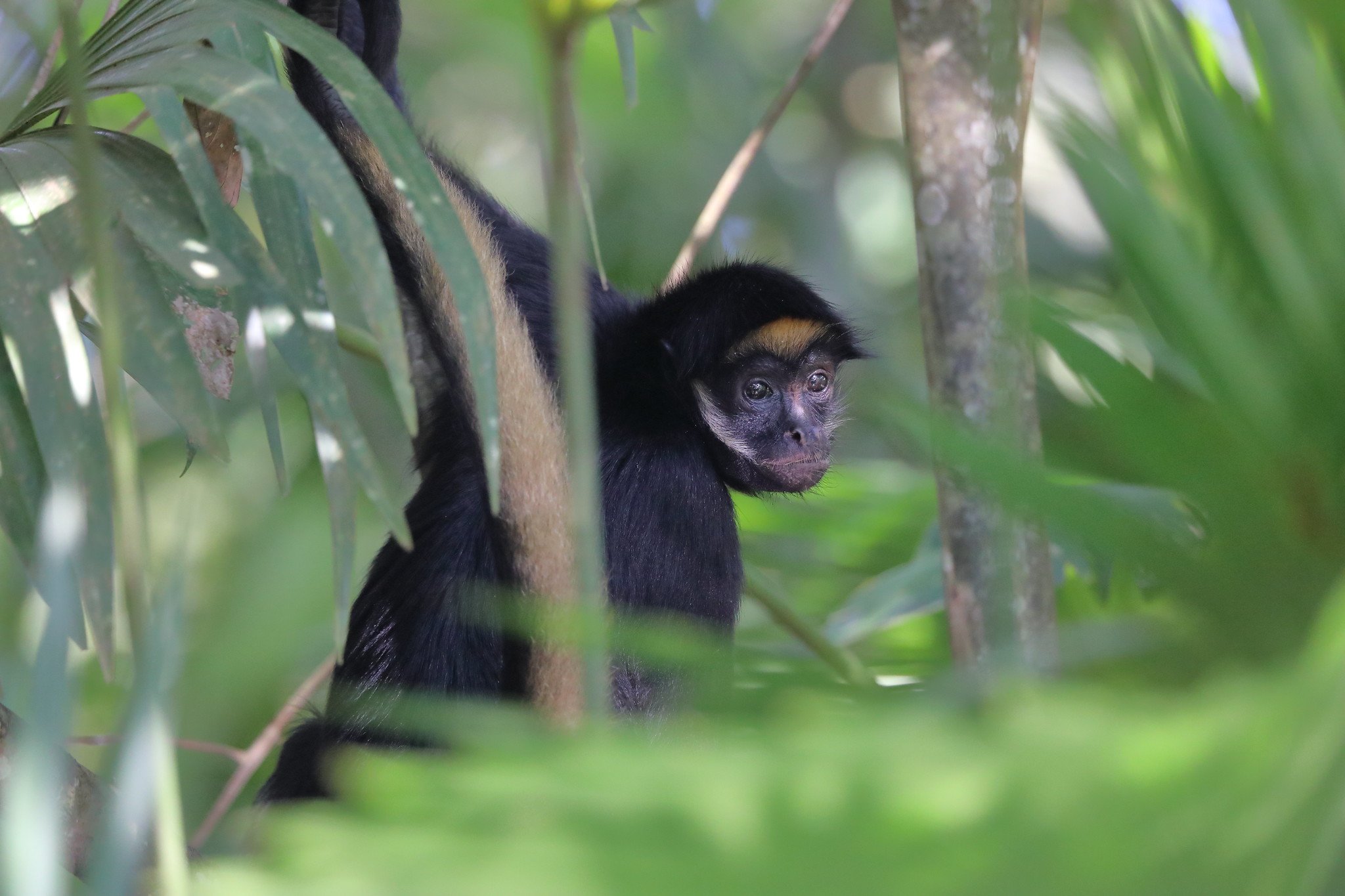

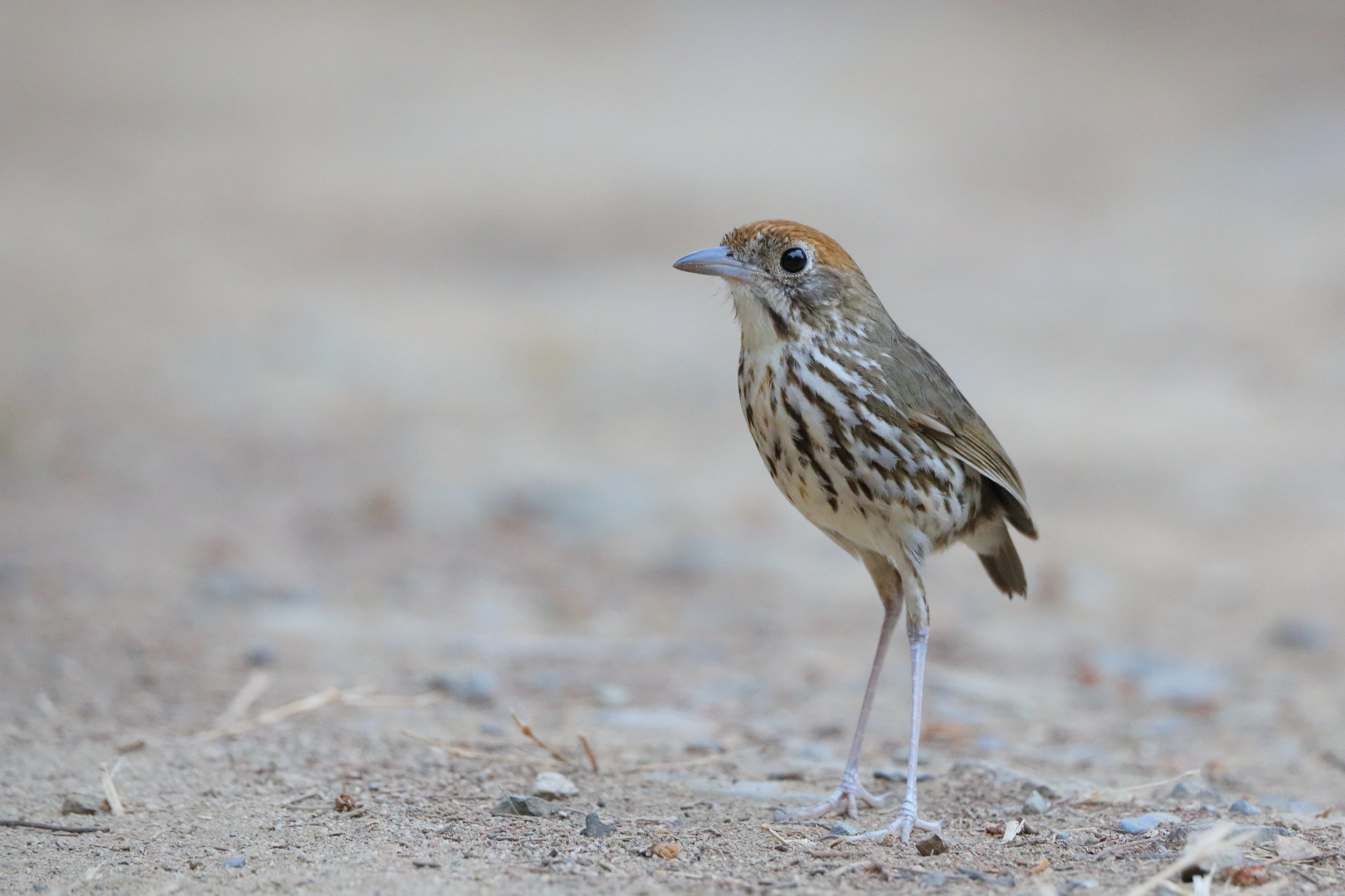
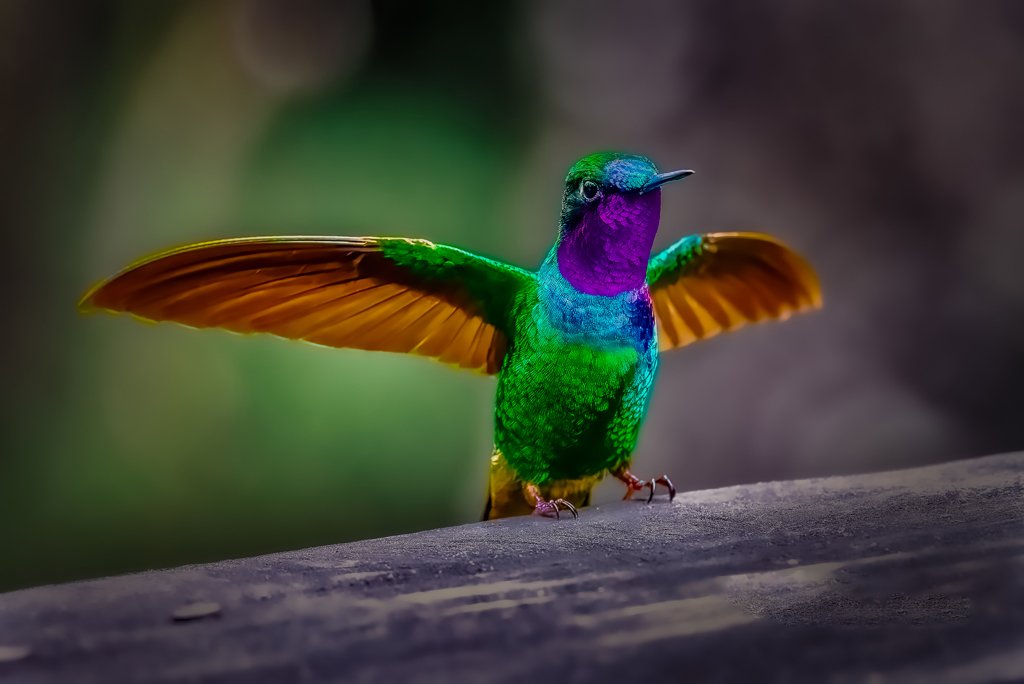
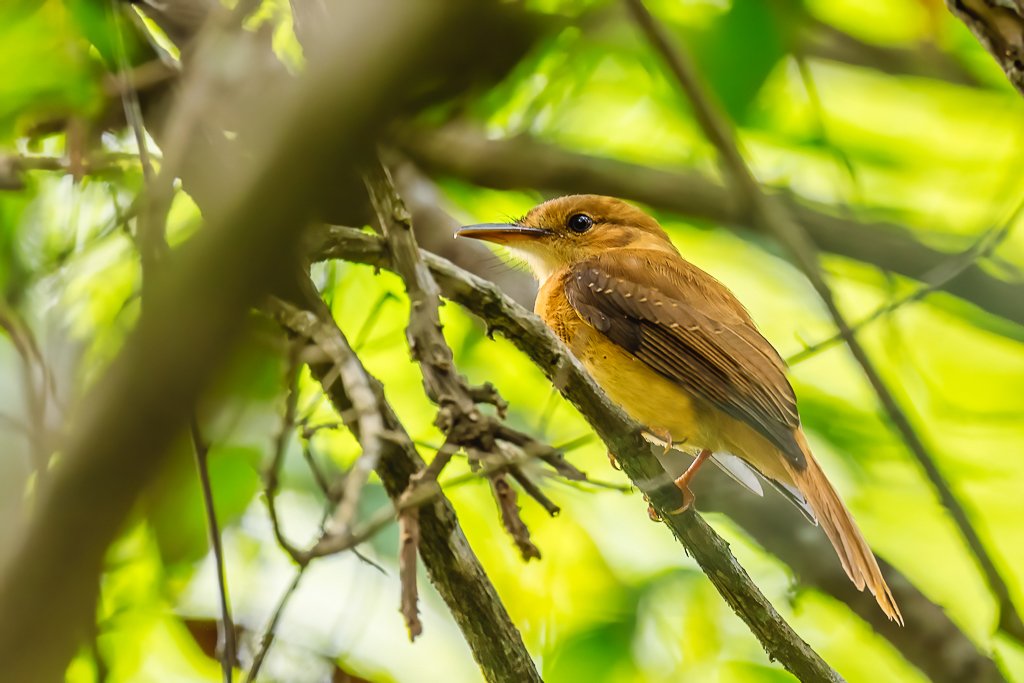


Learn More About this Tour:
-
TRIP COST: $4,750 per person
This price is well below market rate, in part due to savings in lodging costs, and the relatively low overhead costs of Rocky Mountain Birding.
INCLUDED:
Local guide, lodging, park entry fees, transportation and meals beginning with dinner on Jan. 8 through lunch on Jan. 22.
Your flight from Loja to Quito on the 22nd is also included.
An additional single supplement of $750 is required for those traveling alone or who want private rooms.
NOT INCLUDED:
Flights into Guayaquil and out of Quito
Personal expenses such as laundry, alcohol with meals, shopping, etc.
-
The tour begins in Guayaquil on Jan. 8 and concludes in Quito on Jan. 22, 2025. We will visit some very remote locations with changes in elevation from near sea level to approximately 10,000 feet (3,500 meters). There will be occasional hiking on uneven ground and through primary forest. Weather is always an unknown, but frequent, intermittent rain showers are common.
Wed., Jan. 8
Arrive in Guayaquil International Airport and transfer to our hotel. Welcome dinner and tour briefing.
ON Guayaquil
Thu., Jan. 9
Birding Manglares Churute, with mangroves, dry deciduous woodlands, and a few wetland areas. Some targets here will include the Pacific subspecies of Royal Flycatcher, Rufous-necked Wood-Rail and the fantastic Horned Screamer. Other notable birds here include Fasciated Wren, Pacific Parrotlet, Scarlet-backed Woodpecker, Superciliaried Wren and Black-capped Sparrow. After lunch at a local seafood restaurant, we will have a long drive to Piñas, where we’ll stay for the next two nights.
ON Piñas
Fri., Jan. 10
Today we’ll spend our time birding the remarkable Buenaventura Reserve, owned by the Jocotoco Foundation and home to the endemic El Oro Parakeet. We’ll start the day at a Long-wattled Umbrellabird lek, then walk the many trails searching for Grey-backed Hawk, White-throated Spadebill, Black-crowned Antshrike and Checker-throated Stipple-throat. The hummingbird feeders attract Brown Violetear, the “Emerald-bellied” form of Crowned Woodnymph, Violet-tailed Sylph, White-booted Racket-tail, Violet-bellied Hummingbird, Andean Emerald, Green-crowned Brilliant and many more!
ON Piñas
Sat., Jan. 11
We’ll return to Buenaventura in the morning, looking for additional species like Chestnut-headed Oropendola, Choco and Yellow-throated Toucans, Ecuadorian Thrush, Golden-headed Quetzal and more. Then it’s another long drive to Macara. Along the way, we’ll make stops in hopes of seeing Solitary Eagle, Elegant Crescentchest or Gray-cheeked Parakeet.
ON Macara
Sun., Jan. 12
Today we’ll visit Jorupe Reserve, another Jocotoco Foundation-run reserve loaded with many endemic birds. The reserve is located on a scenic hillside surrounded by dry, deciduous forest peppered with giant Kapok trees. Some of our targets here will be White-tailed Jay, Rufous-headed Chachalaca, Pale-browed Tinamou, Whooping Motmot and Watkin´s Antpitta, but the list is very long!
ON Macara
Mon., Jan. 13
This morning we’ll drive east to the Zapotillo area to get our first taste of Tumbesian birding in this arid landscape. Many birds are adapted to this unique habitat such as Tumbes Chat-Tyrant, Tumbes Hummingbird, Tumbes Sparrow, and Tumbes Chat-Tyrant. But other specialties of the area include Comb Duck, Baird’s Flycatcher and West Peruvian Dove.
ON Macara
Tues., Jan. 14
Today we will begin at the Utuana Reserve, stopping at the very active hummingbird feeders where Rainbow Starfontlet is often found along with Purple-throated Sunangel. Utuana Reserve protects a montane forest that is home to numerous range restricted, Tumbesian birds. Rufous-necked Foliage-gleaner, Grey-headed Antbird, Piura Hemispingus and Black-cowled Saltator are all found here. Other possible species include Jelski’s Chat-Tyrant, Chapman’s Antshrike, Black-crested Tit-Tyrant and Line-cheeked Spinetail. In the afternoon we have another long drive to reach Loja.
ON Loja
Wed., Jan. 15
Our first of two days birding in Podocarpus National Park. This jewel of Ecuador has montane rainforest giving way to elfin forest, and above 3,000 meters, paramo and sub paramo zones with a complex of over 100 high-elevation lagoons. We’ll get started in the Cajanuma section, and then bird our way along the old road to Zamora. Targets here include Bearded Guan, Grey-breasted Mountain-Toucan, Red-faced Parrot and Ash-breasted Sierra-Finch. On the hillside road to Zamora, we may find Short-billed Chlorospingus, Orange-eared Tanager, Equatorial Graytail, Coppery-chested Jacamar and White-necked Parakeet.
ON Zamora
Thu., Jan. 16
We’ll split our time today between Podocarpus National Park, the Rio Bombuscaro section, where Black-billed Treehunter, Collared Trogon, Ecuadorian Piedtail, Common Scale-backed Antbird and Foothill Antwren are all possible as well as mixed tanager flocks. Next we’ll visit the Mi Paradise Reserve to try for Spangled Coquette coming into the verbena flowers along with Little and Purple-collared Woodstars and Blue-tailed Emerald. We’ll also look for White-breasted Parakeet, Coopery-chested Jacamar and Grey Tinamou on the grounds of this small reserve. If we’re lucky, we may find Blackish Nightjar roosting on the nearby cliffs.
ON Yantzaza
Fri., Jan. 17
El Zarza Reserve is part of Ecuador’s Cordillera del Condor, a unique and little-studied region with sandstone mountains capped by cloud forests that is home to a mixture of Andean and Amazonian species. We’ll explore these forests for Spectacled Prickletail (a relative of Xenops and Woodcreepers), Scarlet-breasted Fruiteater, Ecuadorian Piedtail, Western Striolated Puffbird, and more.
ON Yantzaza
Sat., Jan. 18
This day we’ll visit the Yankuam Lodge and bird along the Rio Nangaritza, keeping our eyes open for King Vultures on the way. Located in the humid tropical forests, we’ll make stops to search for Black-and-white Tody-Flycatcher, White-plumed Antbird, Bar-winged Wood-Wren and Zimmer’s Antbird.
ON Yankuan
Sun., Jan. 19
On this special day, we’ll go deep into the valley in search of Orange-throated Tanager, found only in remote Peru and extreme southeast Ecuador. With a fiery-orange throat and spectacular indigo wings, it is unmistakable, yet patience is needed. We’ll listen for their squeaky calls made as they range through the forest canopy. Not to be overlooked is the gorgeous Paradise Tanager, also found at this elevation, and if we’re lucky, Band-bellied Owl.
ON Yankuan
Mon., Jan. 20
Today we’ll return to Zamora, in the Loja area, where we’ll stay for two nights. Here we’ll search for Solitary Eagle, Fiery-throated Fruiteater, Orange-eared Tanager, “Loja” Amazilia Hummingbird, Plumbeous Rail and others. If there’s time, we’ll venture to Catamayo where the endemic Scarlet-fronted Parakeet, a very local species in Ecuador, is sometimes found.
ON Vilcabamba
Tue., Jan. 23
This morning we will visit the Tapichalaca Reserve, the famous location for viewing Jocotoco Antpitta. Discovered in 1997 by Robert Ridgely and others. The efforts to preserve the wet, bamboo forests where it lives gave rise to the Jocotoco Foundation that has been instrumental in critical habitat conservation throughout Ecuador. The endemic Bearded Guan is also seen at the reserve, as is Chestnut-naped Antpitta. Later in the day we’ll head to Cerro Toledo to look for Neblina Metaltail, Golden-plumed Parakeet, Orange-banded Flycatcher and Chestnut-bellied Chat-Tyrant. Mixed flocks may contain Grass-green Tanager, Blue-winged and Lacrimose Mountain-Tanagers, Capped Conebill and more.
ON Vilcabamba
Wed., Jan. 22
In the morning we’ll pack our bags and drive to the regional airport in Loja for a short, 45-minute flight into Quito. There we’ll have a celebratory lunch and wish everyone farewell for their departure flights home!
-
Please read through Rocky Mountain Birding terms and conditions here.
Tour Space is Limited, Book Today!
Questions? Please reach out through our Contact Page and we’ll be happy to tell you more about this fabulous trip!

